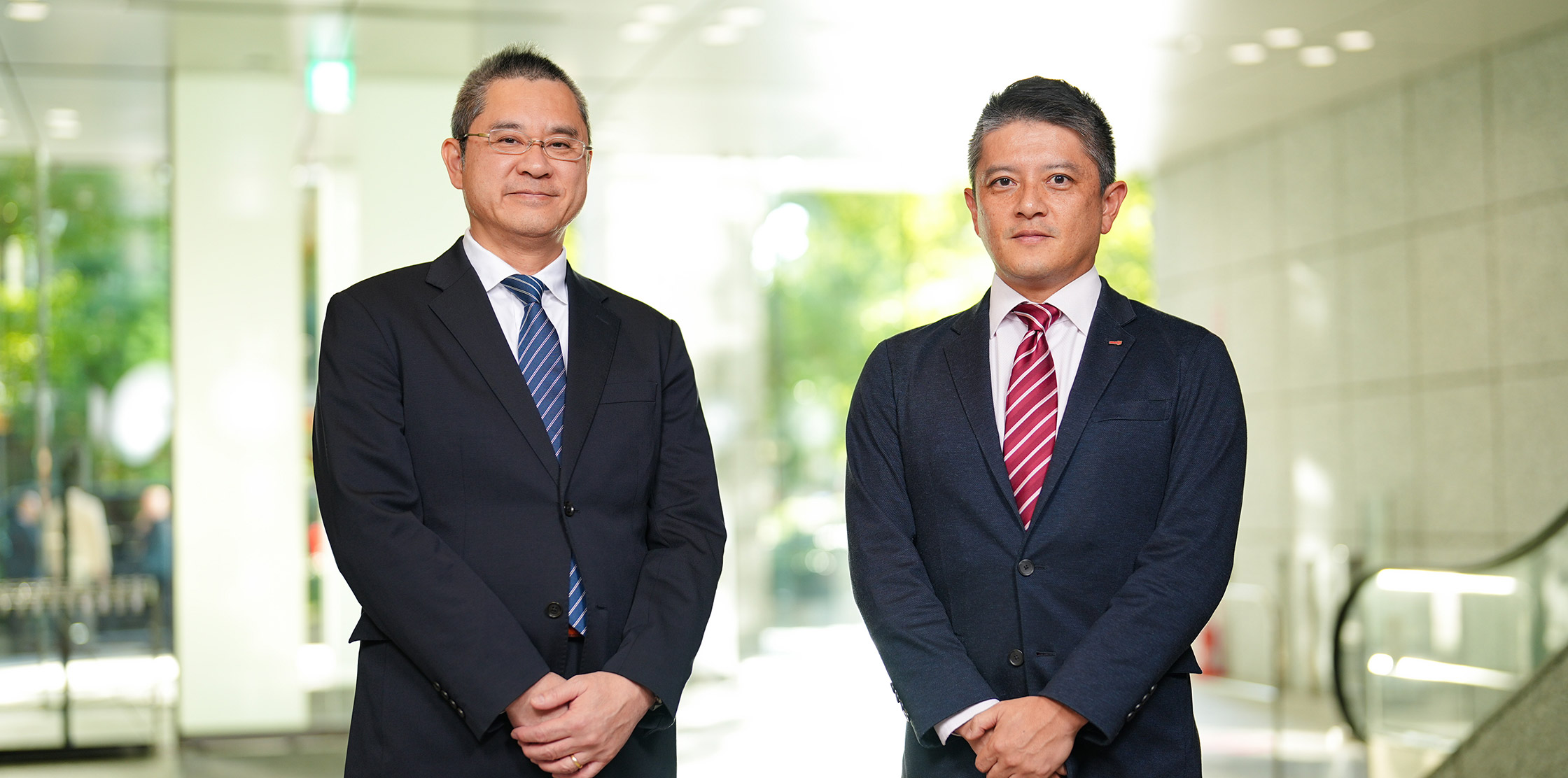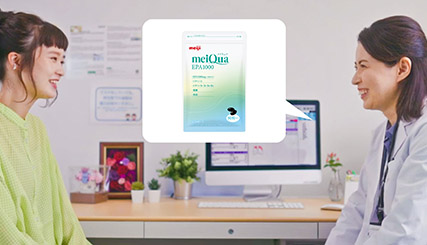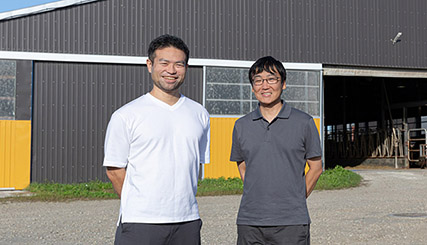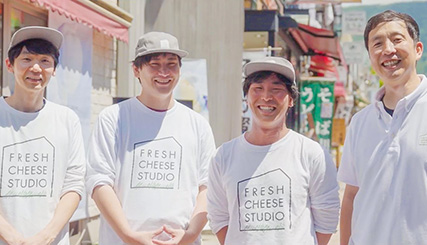The Meiji Group is committed to reducing greenhouse gas (GHG) emissions from dairy farming from working with dairy farmers to calculate the carbon footprint (CFP) of milk production to launching a project to reduce GHG emissions from cow manure in partnership with Ajinomoto Co., Inc. We've also invested in Farmnote Holdings, a dairy tech startup.
These efforts have expanded our collaborative network, working together to make dairy farming more sustainable.
Then, in May 2024, we partnered with dsm-firmenich—a leading feed and food additive company based in Switzerland and the Netherlands—to tackle the industry's biggest greenhouse gas (GHG) challenge: methane emissions from cow burps.
Methane emissions account for 60% of milk production's carbon footprint
Methane (CH4) is the second most abundant GHG emissions globally, after carbon dioxide (CO2), but it has a warming effect 28 times greater than CO2.
Dairy cows are responsible for about 10% of human-related methane emissions, making reduction of their emissions a key priority in the fight against global warming. In milk production, methane is the primary GHG, with most emissions coming from cow burps.
Cows have four stomachs, and methane is produced in the first stomach, called the rumen. In the rumen, microorganisms help digest food, triggering an enzyme called methyl coenzyme M reductase (MCR) that reacts with hydrogen and CO2 to produce methane.
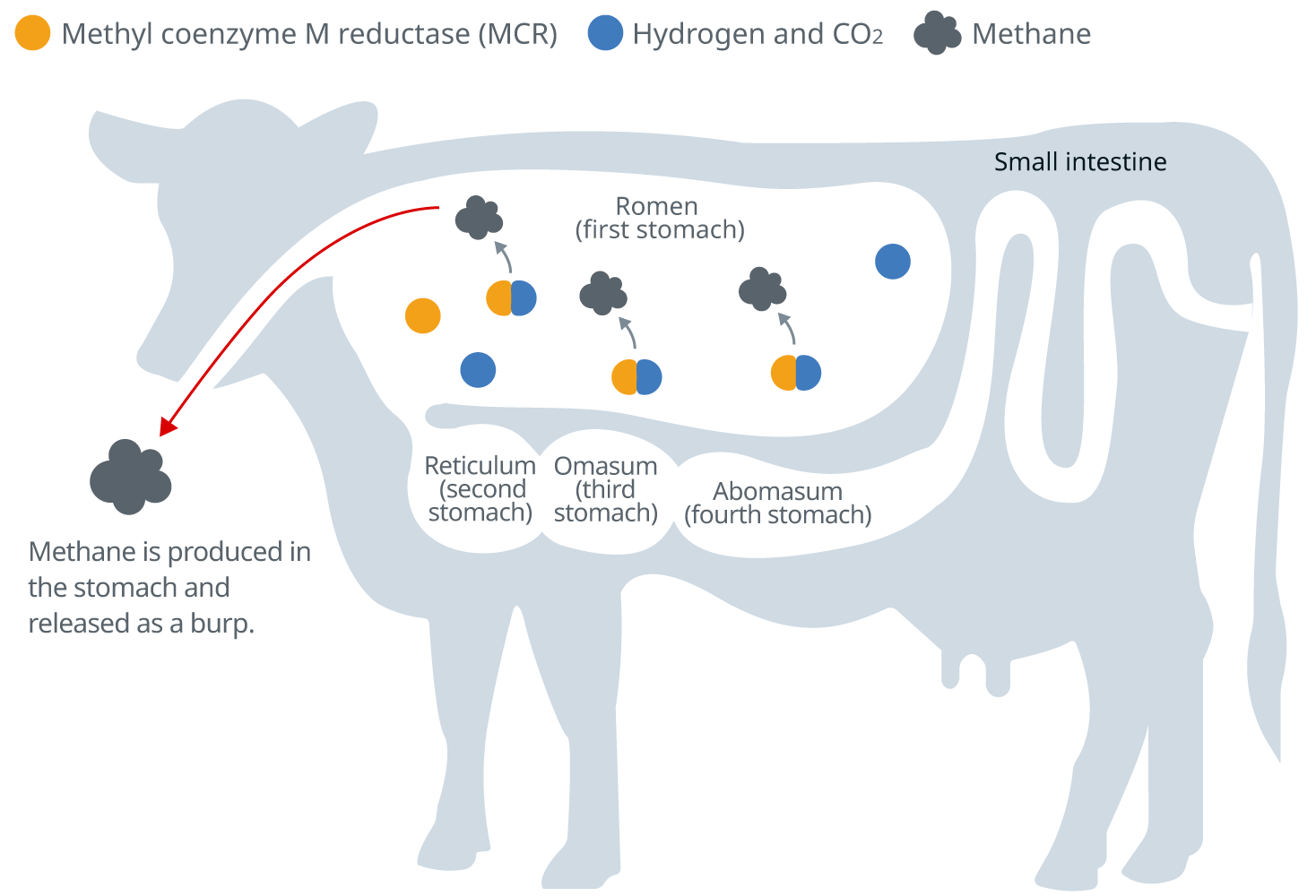
In 2008, dsm-firmenich, a pioneer in sustainability and a leader in scientifically backed feed additives, launched a project focused on reducing methane emissions. This ultimately led to the development of Bovaer®, a breakthrough feed additive that can dramatically cut GHG emissions.
Bovaer®: A game-changing feed additive for reducing methane emissions
Bovaer® is a feed additive designed for ruminant animals; it prevents methane formation by reacting with MCR before it can interact with hydrogen and carbon dioxide. Once it reacts with MCR, Bovaer® is broken down into a harmless substance naturally found in the cow's body.
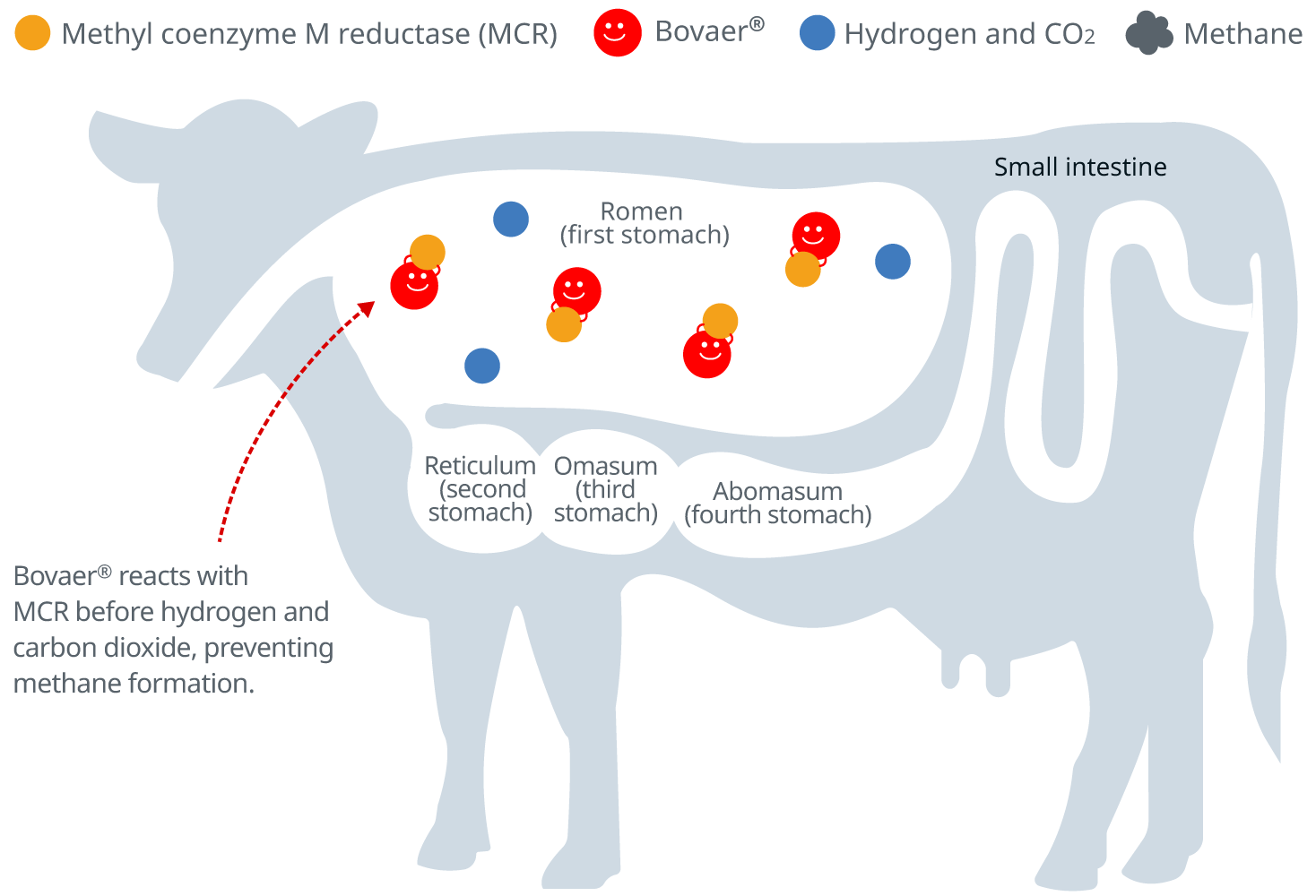
The year 2021 was something of a turning point in global methane reduction efforts. Bovaer's® registration coincided with the launch of the Global Methane Pledge, an international initiative to cut methane emissions.
The pledge was launched at the COP26 Climate Conference in Glasgow, U.K., in October 2021. More than 100 countries and regions joined, aiming to cut global methane emissions by 30% by 2030 compared to 2020 levels.
President Kaz Maruyama of DSM Japan, a subsidiary of dsm-firmenich, reflected on the market's response at the time:
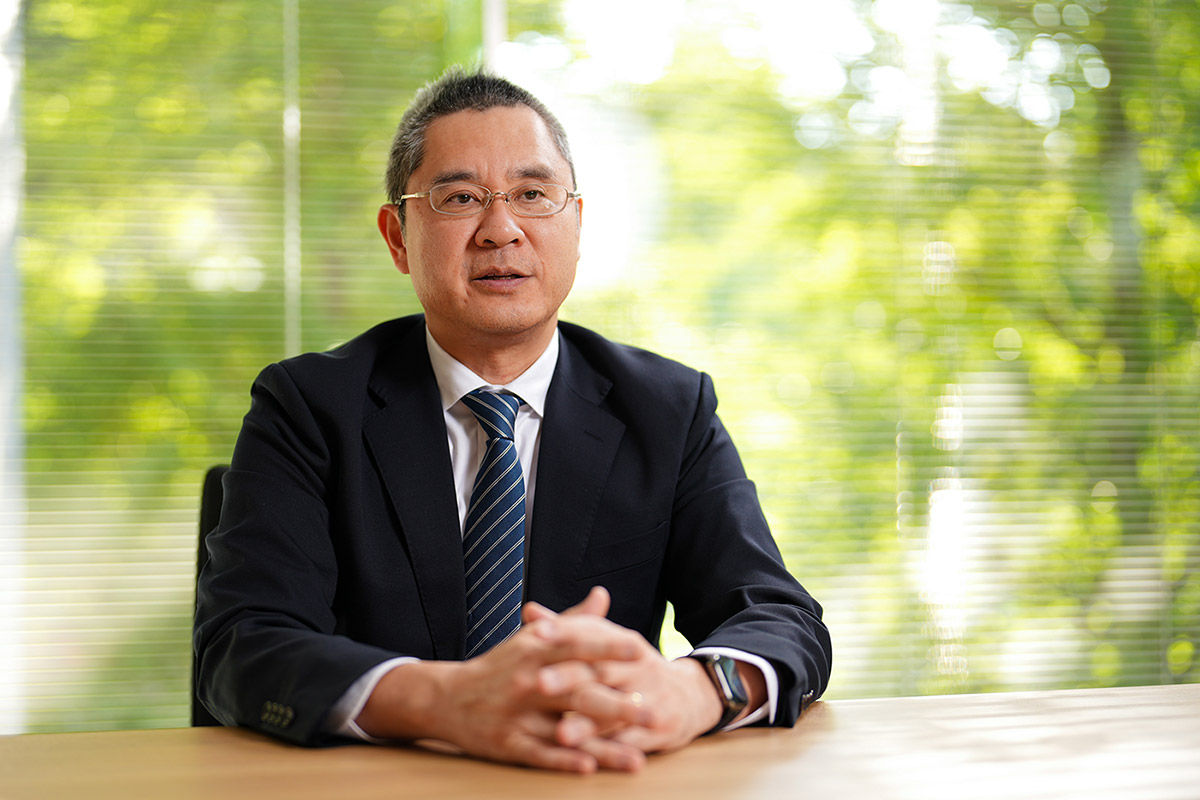
"Bovaer® was hailed as a groundbreaking solution to global warming, earning a spot on TIME magazine's '200 Best Inventions of 2024' list and receiving widespread acclaim for its innovation."
In November 2024, Japan's Ministry of Agriculture, Forestry and Fisheries approved Bovaer® as the country's first feed additive with methane-reducing effects.
Japan's first trials of methane-reducing feed additive begin
The Meiji Group is working toward net-zero GHG emissions across its entire supply chain by 2050. However, more than 90% of its total emissions come from outside the Group. Methane from cow burps represents a significant portion of this, making its reduction critical.
The collaboration with dsm-firmenich began when Hidesuke Ikeshita, who was leading negotiations for the project, came across an article about a demonstration test of Bovaer® in a dairy farming industry newspaper. Looking back, he recalls:
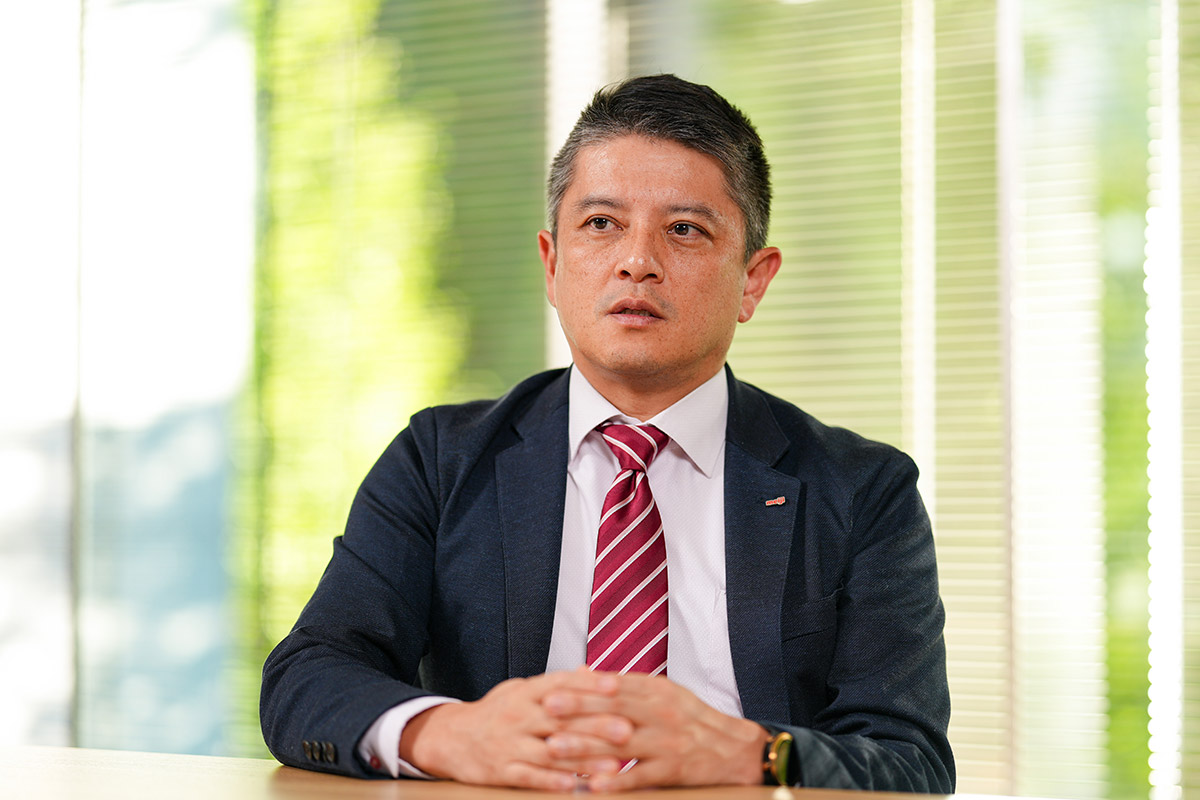
Bovaer® has been shown to significantly reduce GHG emissions in dairy farming. Just a quarter teaspoon per cow per day can cut gastrointestinal methane emissions by an average of 30%, offering a practical and effective solution.
To date, Bovaer® has been fed to over 200,000 cows across 67 countries, reducing methane emissions by more than 260,000 tons of CO2 equivalent. It has been rigorously tested and showed no negative impact on cow health or milk quality.
However, this marked the first attempt to introduce Bovaer® to a dairy farm in Japan. In preparation, Meiji Group launched a trial in January 2025 at the farm of Farmnote Dairy Platform, a dairy tech startup. The trial is evaluating all key aspects for widespread adoption of the system, including its impact on safety and productivity, as well as its ease of use for Japanese dairy farmers.
Cost considerations are also crucial to ensure adoption by dairy farmers. President Maruyama emphasized that it's also important to engage consumers and help them understand the value of paying more for sustainable products.
To help ease the financial burden on farmers, the Meiji Group is exploring initiatives such as the J-Credit System, a Japanese government program that certifies GHG reductions—such as CO₂ emissions cuts or absorption through proper forest management—as tradable credits.
Leading the industry in reducing GHG emissions from dairy farming
It's important that everyone in Japan's milk industry is working toward reducing GHG emissions, regardless of their role in the industry. While some other countries have established subsidy programs to encourage emission reductions for dairy farmers, Japan's system remains insufficient.
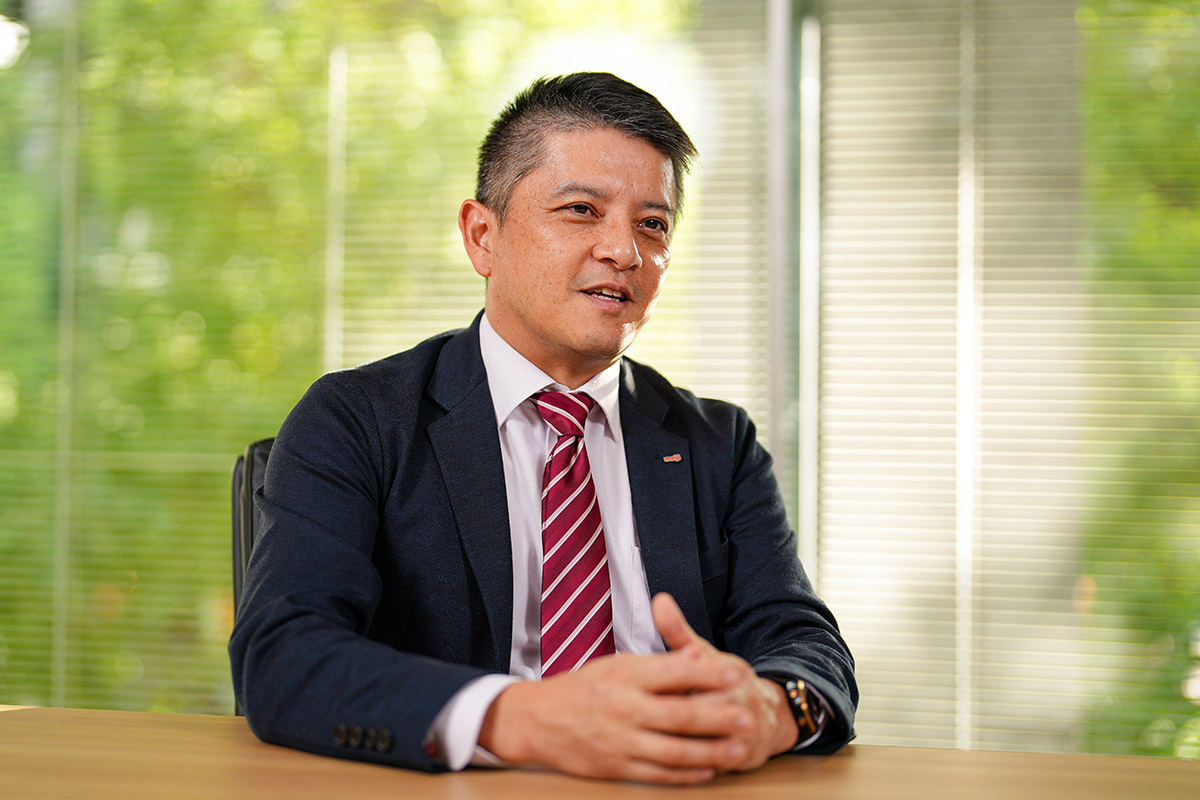
This is why collaboration between businesses like the Meiji Group, which plays a key role in production and sales, and dairy farmers, who are on the frontline of milk production, is essential. "I want Meiji Group to lead the industry in driving the shift toward sustainable dairy farming," said Ikeshita.
The Meiji Group has been collaborating with like-minded dairy farmers and organizations on initiatives promoting sustainable dairy farming. dsm-firmenich, our partner in this methane reduction project, has developed various technologies and products that support sustainability, including Bovaer®.
Said President Maruyama: "dsm-firmenich alone cannot create a system that can effectively implement the developed products in the field. The Meiji Group is a highly trusted partner with a deep understanding of the Japanese dairy farming landscape."
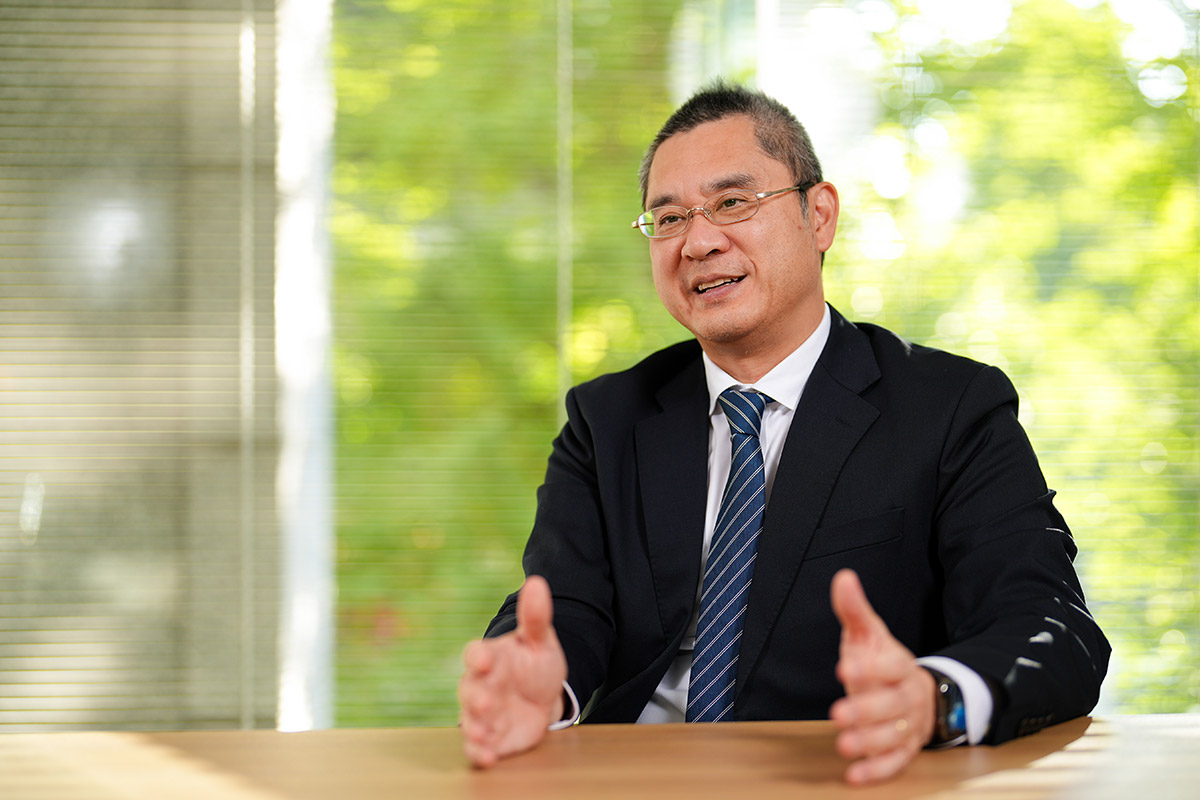
Furthermore, if GHG emissions from milk production become a major issue and environmental costs continue to rise, milk, a dairy staple in many households, could disappear from the dining table.
Ensuring the sustainability of dairy farming is crucial for the future of our industry. It's not something that can be delayed. We are at a critical turning point and must act. (Ikeshita)
The methane reduction project with Bovaer® marks a key milestone in Japan's efforts to cut GHG emissions and reach net-zero. The Meiji Group remains committed to innovation as it strives to lead the way in sustainable dairy farming.
